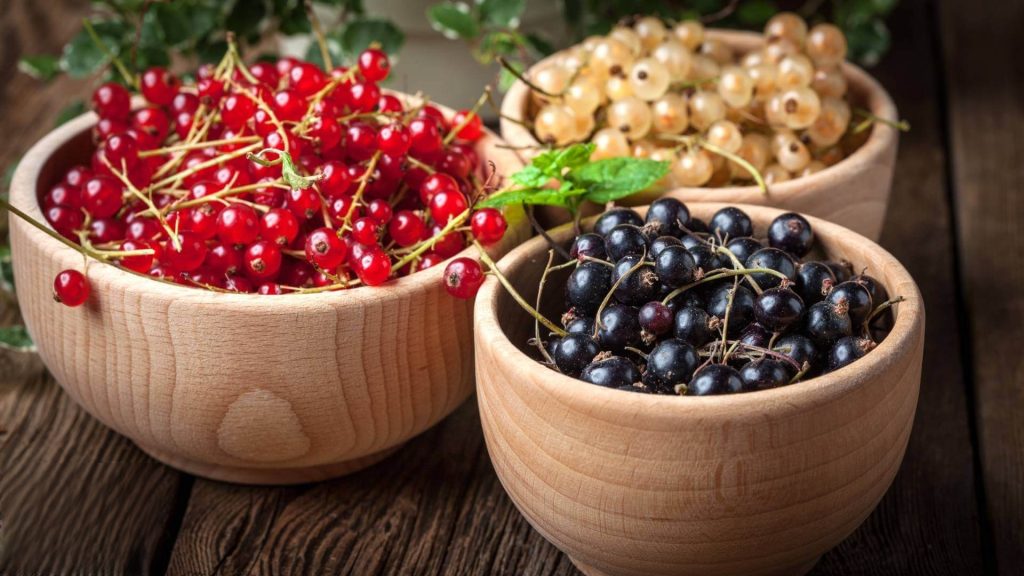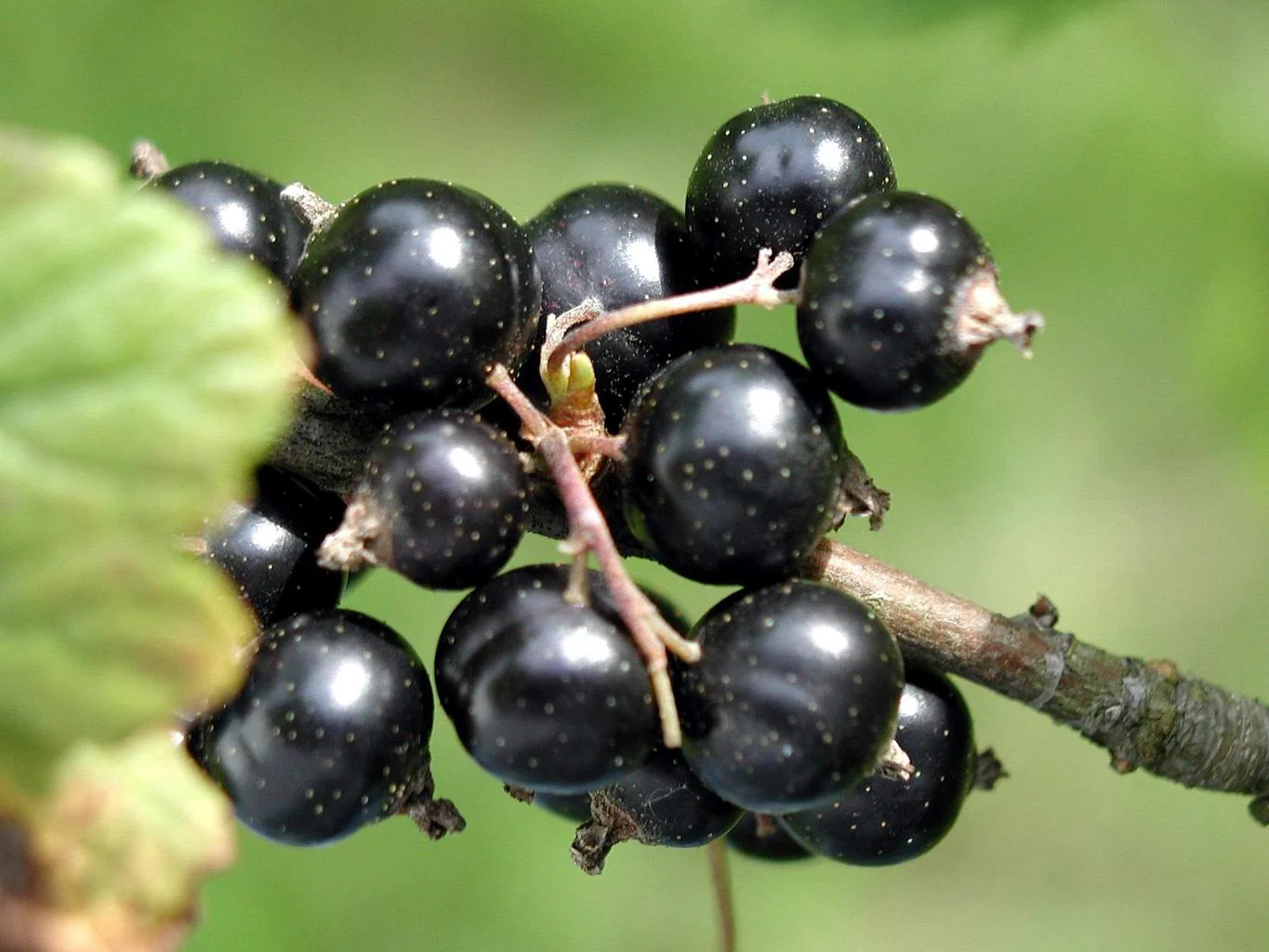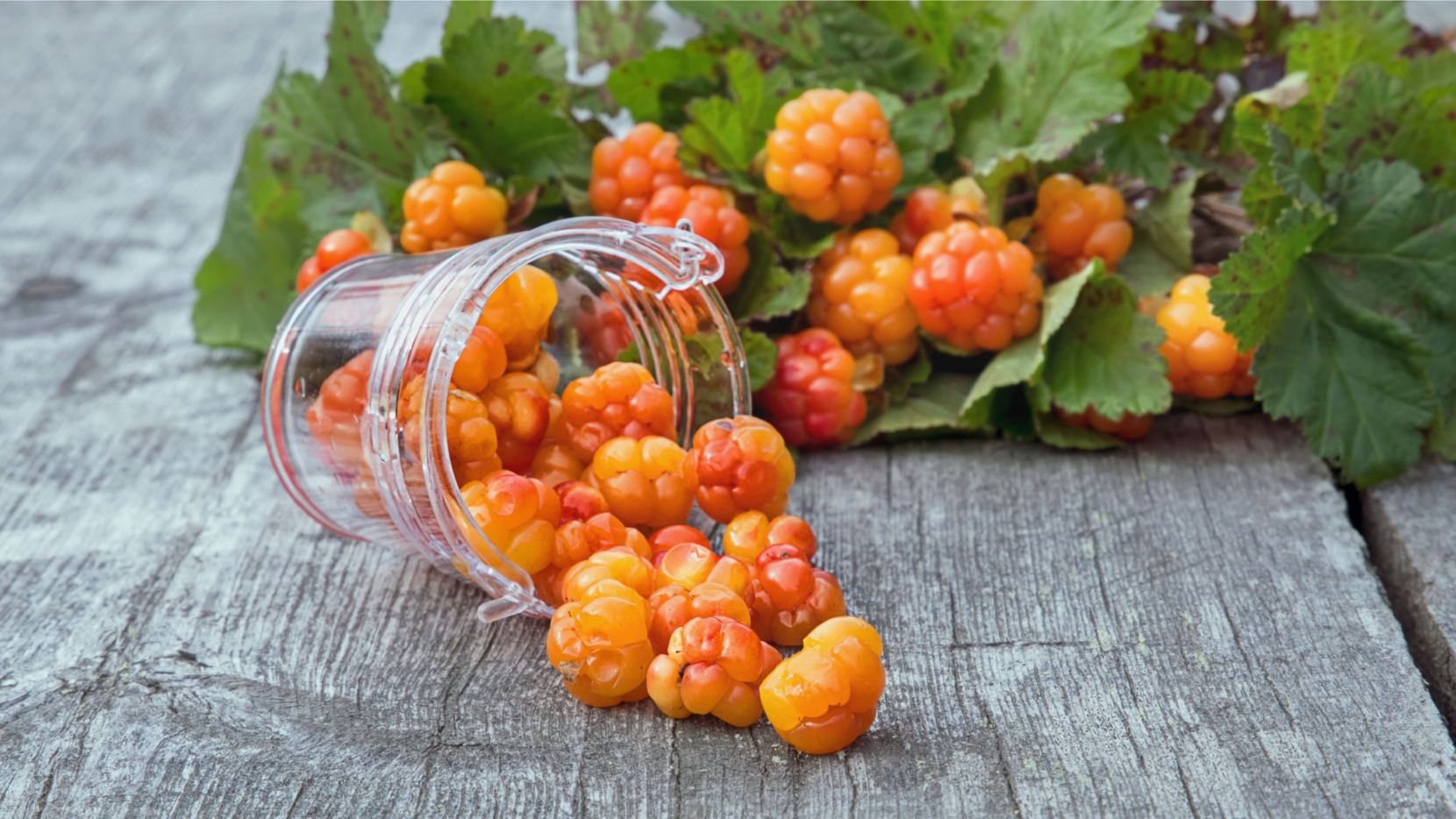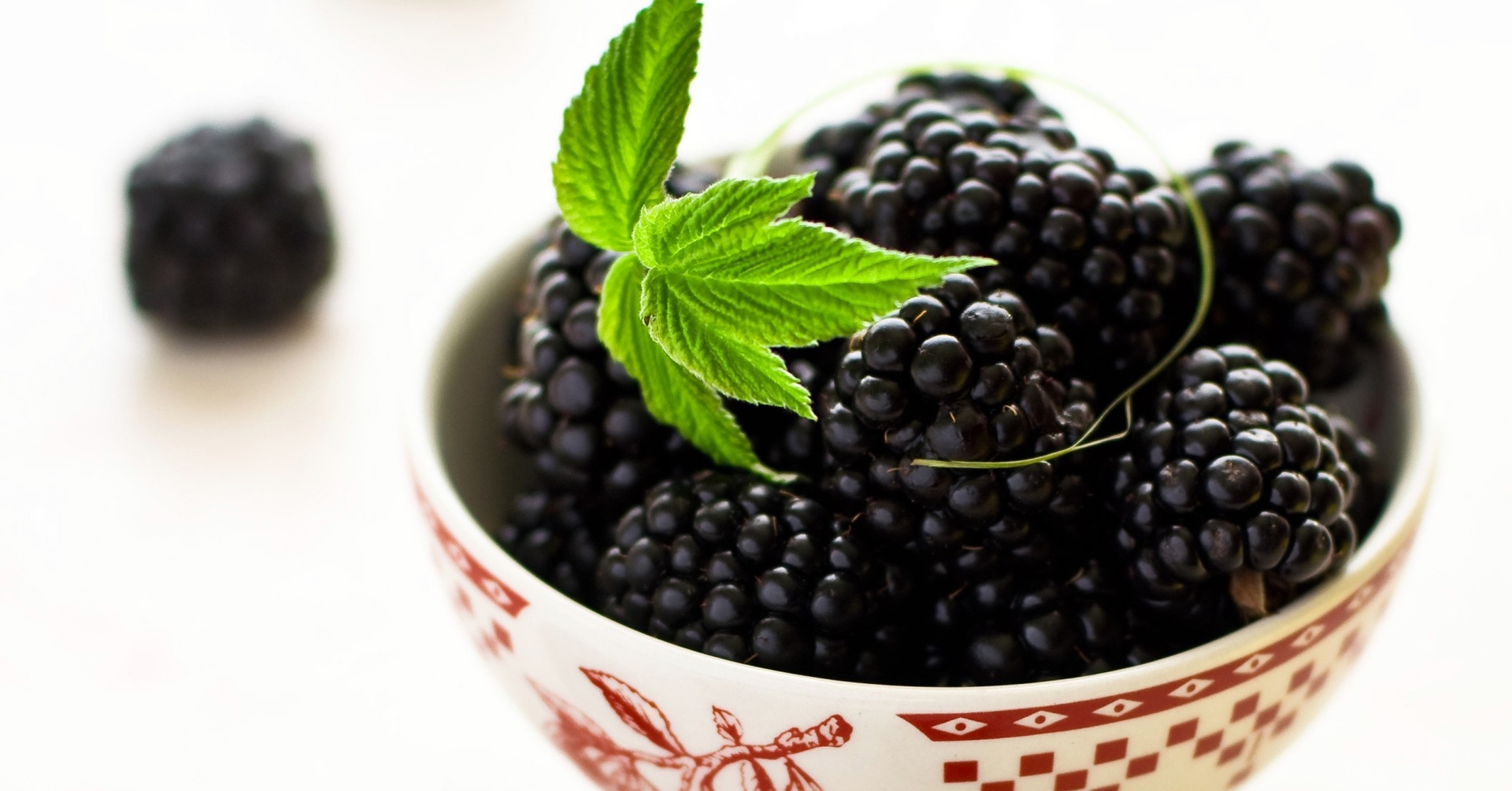Ribes Berries (Currants and Gooseberries): Fruit Characteristics, Main Types, Nutrition, and Distribution
The term “gooseberry” can sometimes broadly refer to various berry shrubs within the genus Ribes of the Grossulariaceae family. Notable types include blackcurrant (Ribes nigrum), redcurrant (Ribes rubrum), and white currant (Ribes album). These berries are renowned for their tart or sweet-tart flavors and are commonly processed into various products.
Fruit Characteristics
Ribes berries develop from a single ovary but typically grow in clusters like aggregate fruits (though true gooseberries, Ribes uva-crispa, are usually single). They can be spherical or oval-shaped, with diameters ranging from 0.5 to 1.5 cm depending on the species.
- Blackcurrant: Dark purple-black when ripe, with smooth skin; juicy flesh; strong flavor with pronounced acidity; distinctive aroma.
- Redcurrant: Bright red when ripe; smooth skin; translucent flesh; juicy, with strong acidity tempered by slight sweetness.
- White currant: A pale variant of red currants; lighter skin color; sweeter taste with less acidity.
Each berry contains numerous small seeds.
Main Types
- Blackcurrant (Ribes nigrum): Widely cultivated for juice, jam, and liqueur production, as well as medicinal uses.
- Redcurrant (Ribes rubrum): Suitable for fresh consumption or processing into jams, jellies, and desserts.
- White currant (Ribes album): Milder taste, ideal for fresh eating or dessert preparation.

Nutritional Value and Potential Benefits
Ribes berries pack significant nutritional value.
- Blackcurrant: Extremely high in Vitamin C, along with antioxidants like anthocyanins. Also contains Vitamin A, B vitamins, plus potassium and calcium.
- Red and White Currants: High Vitamin C content, along with dietary fiber, plus potassium and manganese.
These berries offer potential health benefits including anti-inflammatory properties, antioxidant effects, immune system support, and cardiovascular health promotion.
Distribution and Cultivation
They are native to temperate regions across Europe and Asia. Blackcurrants thrive particularly well in Northern and Eastern Europe, while red and white currants are prevalent in Western Europe. Preferring cool, moist climates and fertile, well-drained soils, Ribes species propagate easily by cuttings, making them popular among home gardeners and commercial growers alike.



